OUTSIDE THE GATES OF EDEN
THE DREAM OF AMERICA FROM HIROSHIMA TO NOW
PETER BACON HALES
University of Chicago Press
Chicago and London
PETER BACON HALES is professor emeritus of the history of art and architecture and director emeritus of the American Studies Institute at the University of Illinois at Chicago and the author of several books, including, most recently, Atomic Spaces: Living on the Manhattan Project. He lives and writes in New Yorks Hudson Valley.
The University of Chicago Press, Chicago 60637
The University of Chicago Press, Ltd., London
2014 by Peter Bacon Hales
All rights reserved. Published 2014.
Printed in the United States of America
23 22 21 20 19 18 17 16 15 14 1 2 3 4 5
ISBN-13: 978-0-226-31315-3 (cloth)
ISBN-13: 978-0-226-12861-0 (e-book)
DOI: 10.7208/chicago/9780226128610.001.0001
Library of Congress Cataloging-in-Publication Data
Hales, Peter B. (Peter Bacon), author.
Outside the gates of Eden : the dream of America from Hiroshima to now / Peter Bacon Hales.
pages ; cm
Includes bibliographical references and index.
ISBN 978-0-226-31315-3 (cloth : alk. paper)ISBN 978-0-226-12861-0 (e-book) 1. United StatesCivilization20th century. 2. Popular cultureUnited StatesHistory1945 I. Title.
E169.12.h339 2014
973.91dc23
2013036230
Publication of this book has been aided by a grant from the Neil Harris Endowment Fund, which honors the innovative scholarship of Neil Harris, the Preston and Sterling Morton Professor Emeritus of History at the University of Chicago. The Fund is supported by contributions from the students, colleagues, and friends of Neil Harris.
 This paper meets the requirements of ANSI/NISO Z39.48-1992 (Permanence of Paper).
This paper meets the requirements of ANSI/NISO Z39.48-1992 (Permanence of Paper).
For Maureen Pskowski, who makes all things possible
Contents
An Introduction
Two charged images dominate American life from the end of World War II to this moment. One invokes pain and terror: the great cloud rises above the American city, unleashing a firestorm whose aftermath blows sickness, deformity, and death out into the landscape, enveloping the tidy suburbs and sowing poison on the farms, ranches, and wilderness spaces that ennoble the nation.
The other seems its opposite: an expansive community takes form and matures, united in optimism and prosperity, as young families in new homes cluster at just the right distance to encourage the continuing reinvention of democratic community while honoring the American ideal of individualism.
These are more than American nightmare and American dreamthey are the settings for the central drama that the United States has acted out since the first reports of the atomic inferno that destroyed Hiroshima in 1945. In 1947 they filled the pages of the great picture magazines. Today they form the basis for pop fiction and movies and wildly successful video games. Playing Call of Duty: Modern Warfare, tens of millions have been caught in the blast wave as a city is flattened by atomic holocaust, and then, for long minutes, struggled to recover, then just to survive, and then, finally, resigned themselves to death amidst the wreckage. Or, in the Fallout and S.T.A.L.K.E.R. series, they have wandered and foraged, exiles in the postholocaust landscapes of the American West or the Soviet empire.
Or they have become gods of the suburban landscape, creating virtual creatures in their own image, sims, and done the small detail work of feeding and clothing, motivating, socializing, and entertaining their simulacra, shopping and teaching and exercising and inspiring them to live lives of gently ironic desperation.
Across the reach of Americas preeminence and its embrace of empire, these narratives emerge and recede: fear and hope, catastrophe and celebration. In the midst of the virtual world, as in the concrete spheres of our nation and the nations we seek to influence and save, we reenact the myths and menaces of our histories. We yearn for something.
...
This is a book about the transformations of the American cultural landscape between the end of World War II and the first decade of the twenty-first century. During that period, more than sixty years in length, a nation that prided itself on continual reinvention and renewal faced threats to its very existence, alone and as part of a globe facing universal destruction by human technology.
The title is borrowed from a line by Bob Dylan, written during his most prolific period of prophecy, 19641967. During those years, his songs, by turns moody and aphoristic or headlong and hilarious, limned an America riven by doubt about itself and its place in the world, an America exiled from its sense of innocence, promise and entitlement, thrust outside the gates of Eden into a realm of danger, unwanted responsibility, and imminent nuclear apocalypse, yearning for a return to safety. But, as Dylan warned, there was darkness at the break of noon, a foreboding that eclipses both the sun and moon; we were, as one of his paler imitators declared directly, standing on the eve of destruction. Impelled by this sense of urgency, our culture produced a wild array of democratic artmovies, magazines, houses and subdivisions, TV shows, pop songs and the pocket radios to hear them on, countercultures small and large, and then, as one age merged into another, computer programs and video games that were built on the codes of mutually assured destruction from that earlier fear and made possible a strange new interpenetration of the real and the imaginative, the physical and the virtualthat strange, ambiguous country in which we now live.
Our cultural landscape is more than a simple collection of places. It contains the spaces we make, yes, but also the ways we find meaning in our surroundings, declaring them ours and then imbuing them with myths and memories that link our presence to the past and the future. It is found in houses and cities, but also in novels and songs, advertisements and movies and television shows. In all these spaces and places, real and imagined, postwar America teemed with anxiety.
For America, what our landscape means has always been critical to our identity, a place to wrestle for control of our sense of self, as individuals and as a nation and a culture. Our narratives, reaching back to the earliest European settlers and forward to the pontifications of teachers and politicians, declare our divinely ordained mission to occupy and expand, to exploit and transform, the ground beneath our feet.
Yet for all its bravado, America has always squatted uneasily on the land beneath it, unsure whether it was loaned, bequeathed, or stolen. If America is an Eden granted by divine decree, are we not always on the verge of expulsion? During the first half of the twentieth century, that unease seemed to dissipate as Americans found themselves growing increasingly comfortable with the longevity of their experiment and the success of their settlement. They built monuments, physical and imaginative, that explored the implications of a national civilization sett led on a binding contract with nature. Even the Dust Bowl and the Depression failed to slow this processthe New Deal agricultural programs, the Hoover, Bonneville and Grand Coulee dams, the Tennessee Valley Authority, all attest to the momentum behind it.
But the events of August 1945 that ended World War II seemed to cancel the divine contract in ways warned of in older American narrativesPuritan, Indian, slave. A new, atomically unstable nature, unleashed on the world by this very nation, brought the threat of global eradication and the responsibility for global survival to national consciousness, beginning an era of deeply conflicted cultural signs, meanings, and interpretations and an often-wild gyration of debates about national self-image and action. Well into the twenty-first century, that cultural instability shows no sign of abating. Outside the gates of Eden, as Bob Dylan prophetically wrote in 1964, we continue to assess and repent our failures, adjust to our new environment of doubt and responsibility, and perhaps find some way to end our exile and return to grace.
Next page


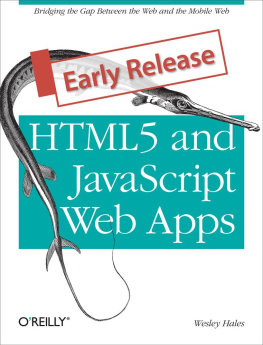
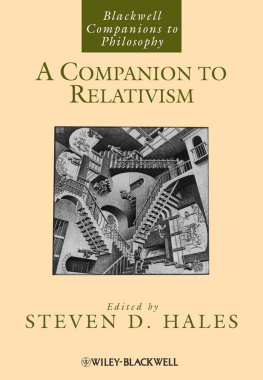
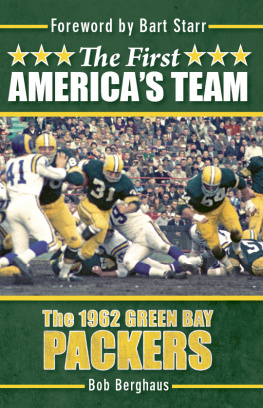

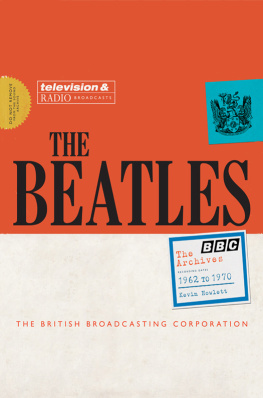

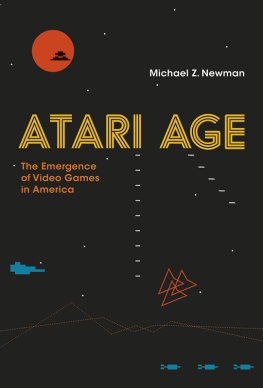

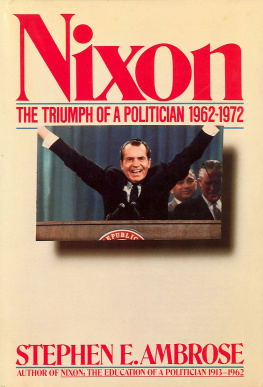
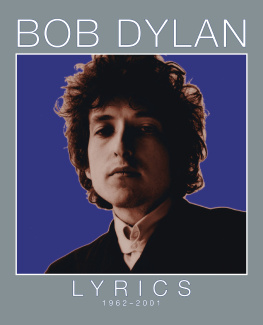
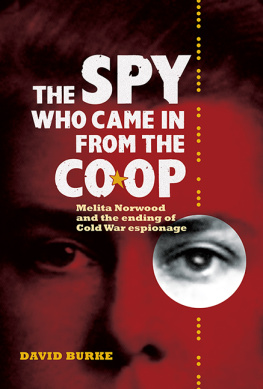
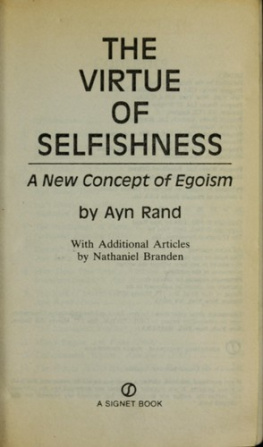
 This paper meets the requirements of ANSI/NISO Z39.48-1992 (Permanence of Paper).
This paper meets the requirements of ANSI/NISO Z39.48-1992 (Permanence of Paper).